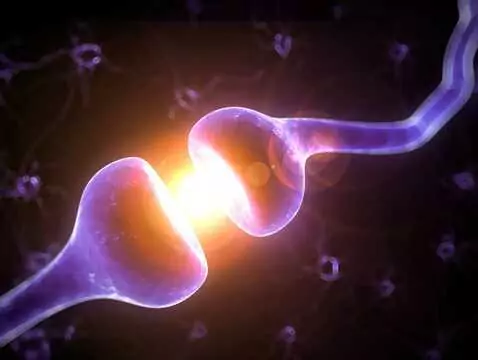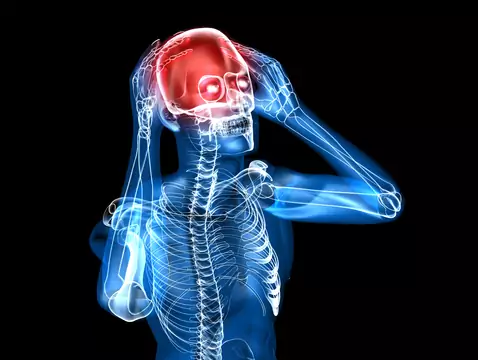De Quervain's syndrome is a condition involving inflammation of the tendon sheaths of the wrist - limiting the dexterity of the hand and making it difficult to carry out simple daily activities. The condition is known as 'mother's thumb' (pain radiates from the thumb to the forearm. Swelling and inflammation occur). The condition usually affects painters, athletes and, increasingly, young people who overuse tablets and phones.
The disease was described in 1895 by Swiss surgeon Fitz de Quervain. The aetiology of the condition is not fully understood. It is thought that the inflammation may be caused by repeated minor trauma and strain on the tendons of the thumb muscles, caused by factors such as the repetitive monotonous movements of its flexion and extension.
Characteristics of the condition - symptoms and causes
De Quervain's syndrome is an inflammation of the tendon sheath of the first extensor compartment (the muscles that allow straightening of the spine or a joint in the limbs). It is a condition belonging to the group of enthesopathies, i.e. painful lesions affecting the tendon attachments of the muscles to the bone (as a result of excessive stress and strain).
Important! Frequent repetitive hand and wrist movements can lead to friction of the tendons and their sheaths with the surrounding tissues. This rubbing results in inflammation of the tendon sheath, which causes pain, swelling and skin congestion.
The pain is concentrated at the base of the knuckle of the thumb, on the dorsal part of the hand (the pain increases when moving the thumb). The discomfort can extend to the entire thumb, wrist as well as the forearm.
The emerging swelling, which is another symptom after the pain, is accompanied by:
- an increased temperature of the affected tissues;
- the appearance of an exudate (accumulation of fluid in inflamed tissues in the course of inflammation);
- thickening and narrowing of the lumen of the tendon sheath.
In addition, crackling when jumping tendons and problems with clenching the hand.
On palpation, tenderness in the area of the styloid process of the radius bone is noted. This symptom may indicate involvement of the superficial branch of the radial nerve.
Important! The condition more often affects women between the ages of 30 and 50. This is related to cumulative overload.
The condition may develop in isolation or in association with other anomalies (e.g. tennis elbow, wrist instability, carpal tunnel).

photo: panthermedia
One of the colloquial names for de Quervain's Syndrome is "mother's thumb" - the term comes from the fact that the affliction often affects mothers of babies up to six months old. Lifting a baby who is steadily gaining weight and washing the baby's clothes by hand - these repetitive activities overload the thumb.
Important! Increasingly, the condition is being referred to as a disease of the 21st century, as it affects people who are addicted to smartphones and primarily use their first finger for communication.
Other causes for the development of the disease are:
- scarring of the tendon sheath (e.g. as a result of trauma);
- trauma and bone lesions in the area of the distal root of the radius bone;
- inflammatory process during rheumatoid arthritis, which results in the formation of post-inflammatory adhesions.
Diagnosis and treatment
The initial diagnosis of the disease is based on performing the Finkelstein test - the patient rests the forearm against a table with the wrist straightened and the fist clenched in internal rotation. The doctor stabilises the distal part of the forearm with the left hand, while the right hand holds the fist and gently performs an ulnar inversion movement of the hand. When there is pain in the area of the short extensor muscle, as well as the long thumb adductor - this is considered a preliminary confirmation of Quervain's Syndrome.
Important! The correct test also includes the healthy upper limb to compare pain complaints (in quite frequent cases in healthy people, the Finkelstein test is positive).
A detailed diagnosis to confirm the condition involves an ultrasound examination of the joint and surrounding soft tissues - this will help exclude other anomalies.
Important! Quervain's syndrome does not show clear symptoms on X-rays. With chronic complaints, a small osteopenia of the radial styloid process area is noticeable, as well as occasional calcification in the tendons of the involved muscles.
In the initial stage of treatment, exclusion and relief of movements that cause pain (splints and stabilisers covering the thumb) are used. The patient wears a wrist and thumb immobilisation orthosis (period of 2 - 3 weeks).









